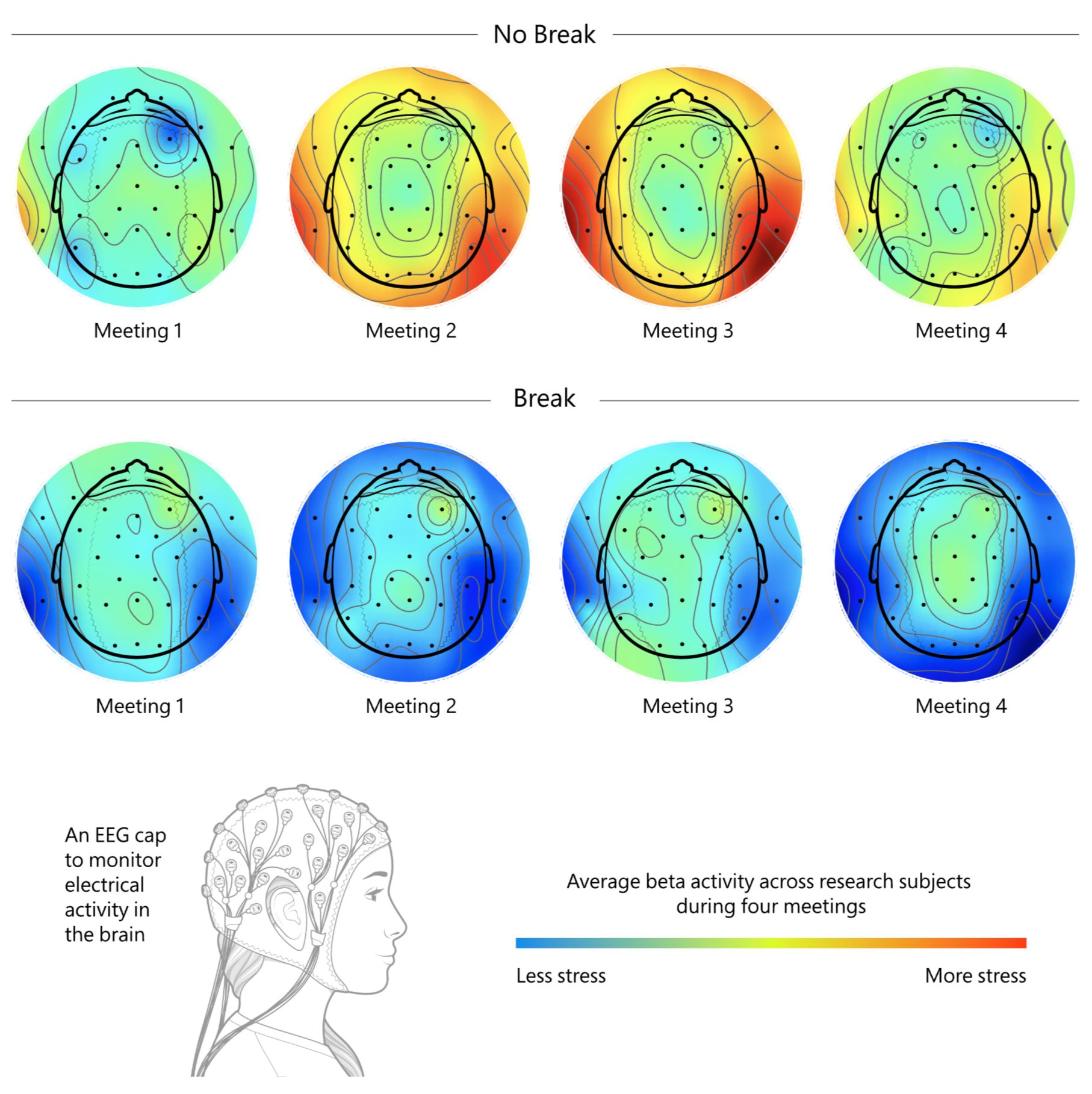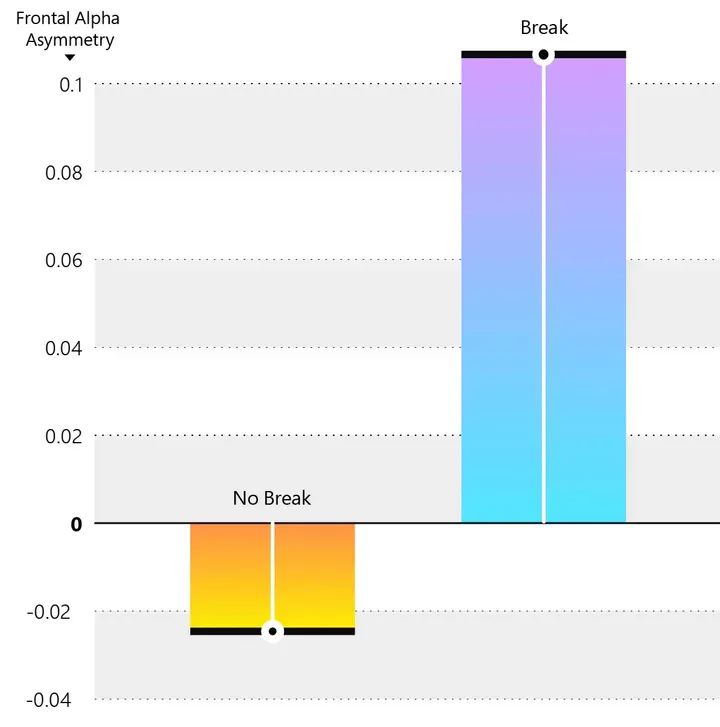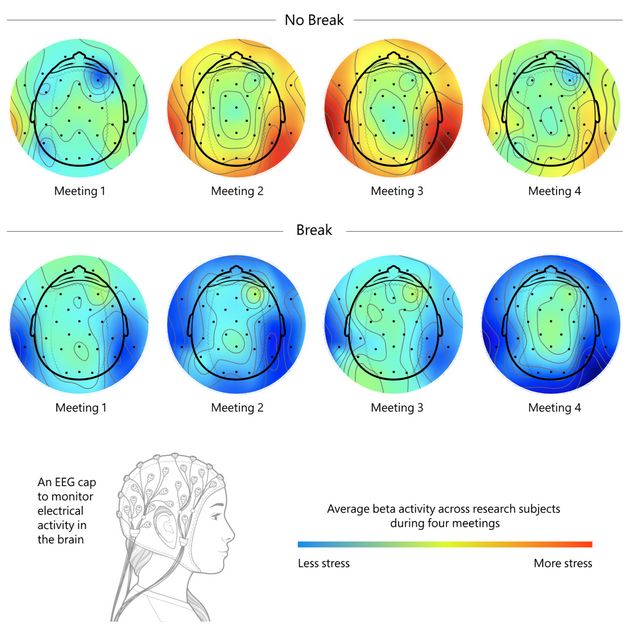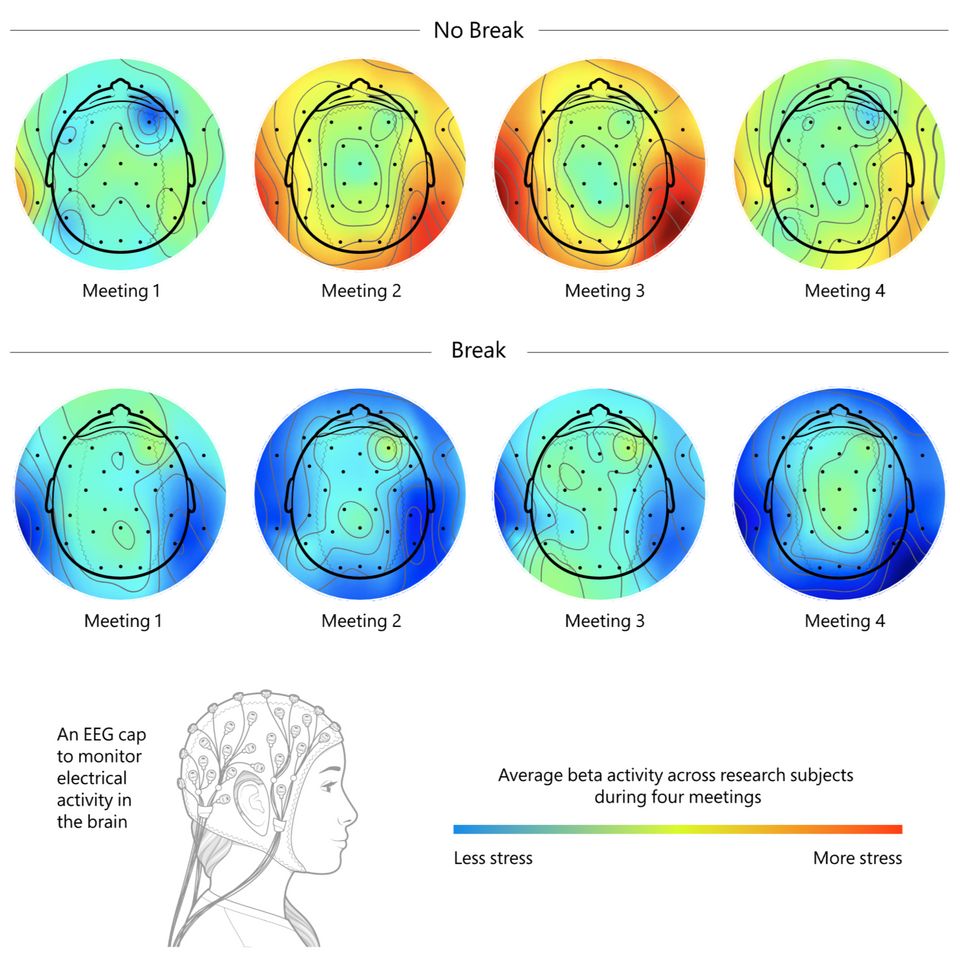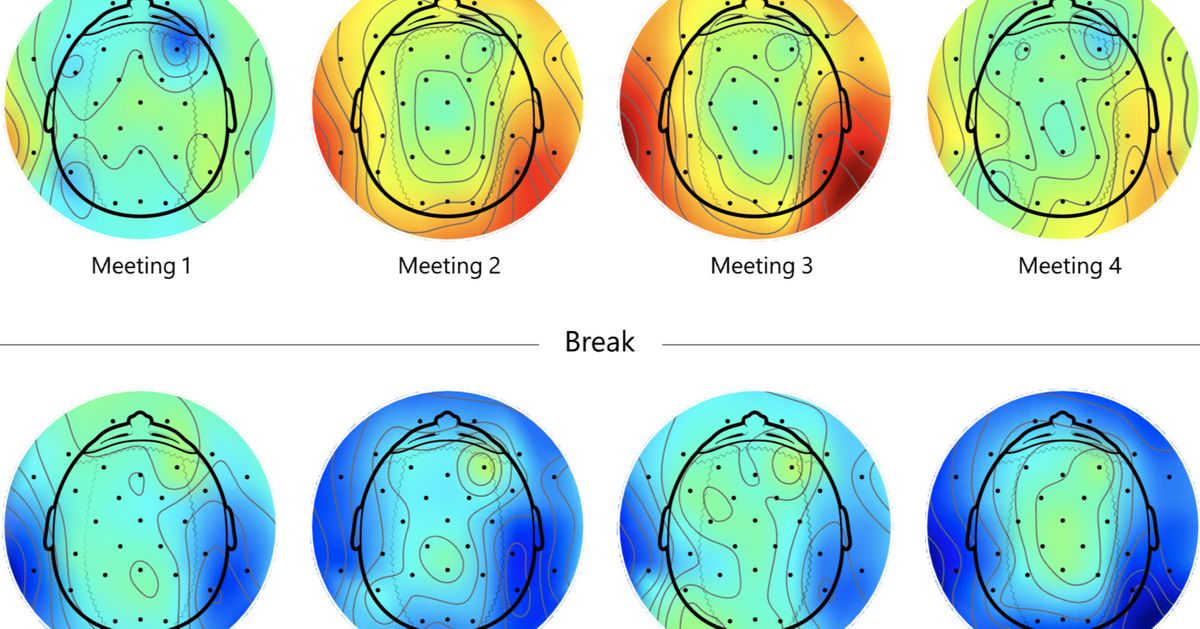
You’ve heard of fight or flight but do you know the third stress response? It’s called a freeze response and it’s more common than you’d think. Put simply: the freeze response renders sufferers immobile. This is an acute stress response, much like the fight or flight response.
What Happens During A Freeze Response?
A freeze response is actually a different physiological process than fight or flight. Researchers describe the response as ‘attentive immobility’ as when the person is in a ‘freeze response’, they are unable to move or take action against real or perceived danger. During a freeze response, sufferers experience:
Advertisement
- Physical immobility
- A drop in heart rate as opposed to the increase found in fight or flight
- Muscle tension
What Causes People to Freeze?
While it may seem like a counterintuitive reaction, the freeze response, it does serve a purpose and is rooted in some of our most primal instincts
Research in 2017 suggests that the freeze response is similar and potentially related to disassociation. This is something that can occur when somebody goes through a particularly traumatic event. It makes the event feel less reason, causing the person to feel detached. This makes sense given that the freeze response is more common in people that have had traumatic experiences.
Are You Stuck In Freeze Mode?
While this sounds like a response to external triggers that won’t impact your day-to-day life, anxiety sufferers can be triggered into a stress response due to their nervous systems being overwhelmed. So, for what would usually be a small, inconsequential thing can set off the symptoms of a freeze response.
Advertisement
This can be especially stressful if you’re trying to get on with your daily life and work. According to psychologists, people stuck in Freeze Mode will find themselves feeling heavier, struggling to ‘get going’ with work or household tasks and will often stay in the same place feeling frozen for long periods of time. Of course, not being able to do the things that are usually second nature comes with its own issues such as guilt, frustration and low mood – all of which can compound the freeze response even further.
How To Snap Out Of Freeze Mode
While this can understandably feel inescapable for sufferers, freeze mode is something that you can bring yourself out of. The first thing you can do to help yourself, which may help to gain some clarity, is recognise that what you’re experiencing is freeze mode.
Be mindful of the symptoms that you’re experiencing and then acknowledge them for what they are. This creates a barrier between you and the response. Next, start at your toes and slowly move parts of your body all the way to your head to reconnect with your body and break free from the disconnect that freeze mode creates.
Finally, do something completely different in a different room. This could be pouring yourself a glass of water, washing your face or simply opening a window.
Be gentle with yourself in the days following a freeze response In the hours and days following a freeze response, you may feel tired, aching and even have some residual anxiety.
Advertisement





